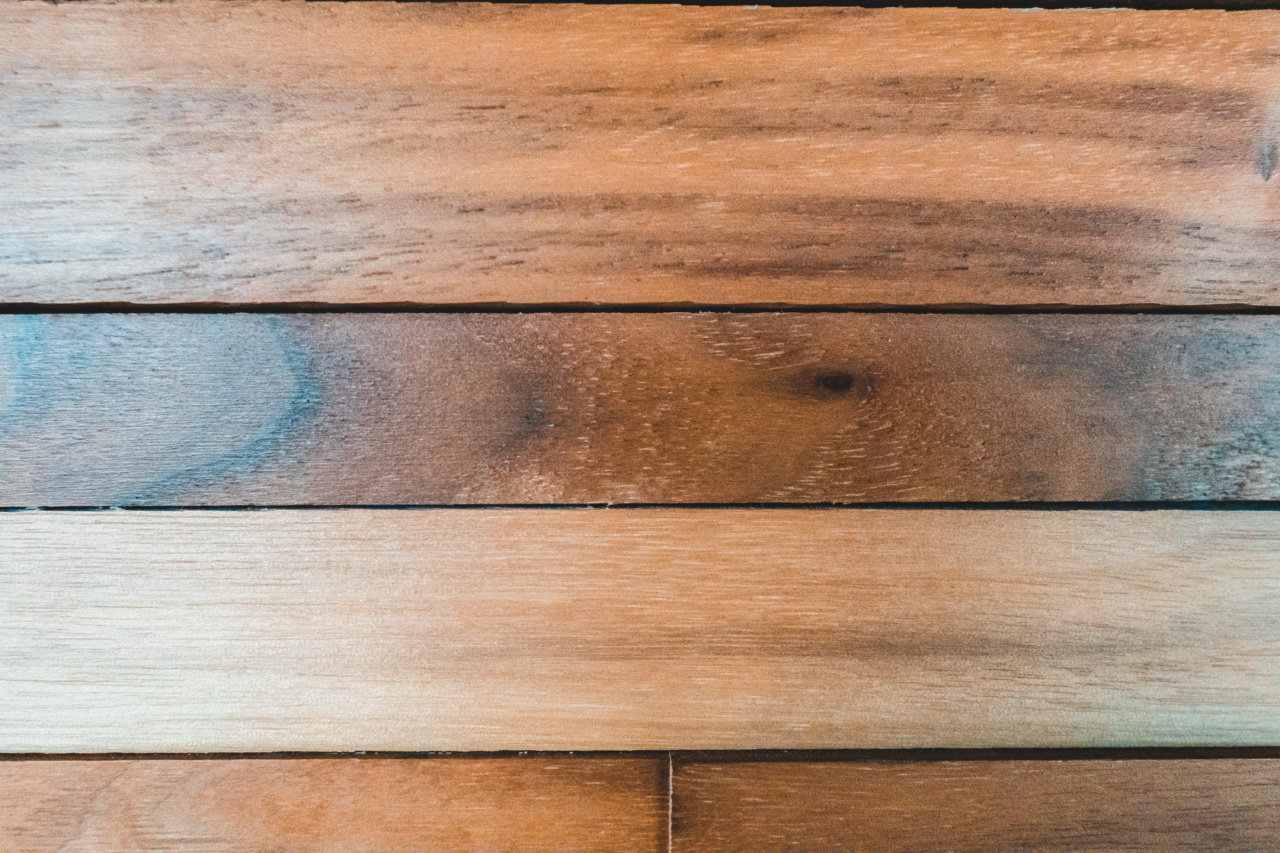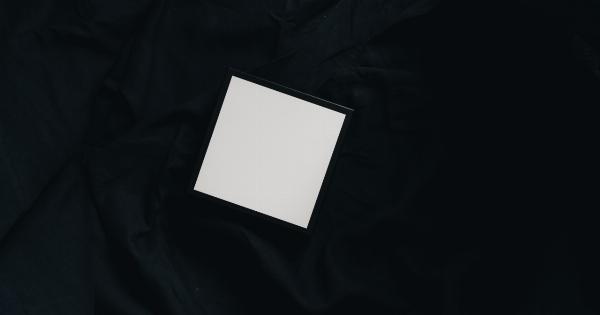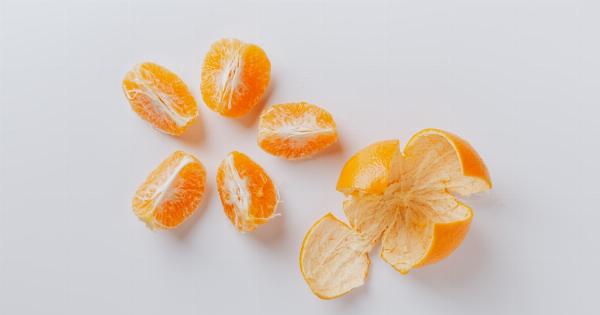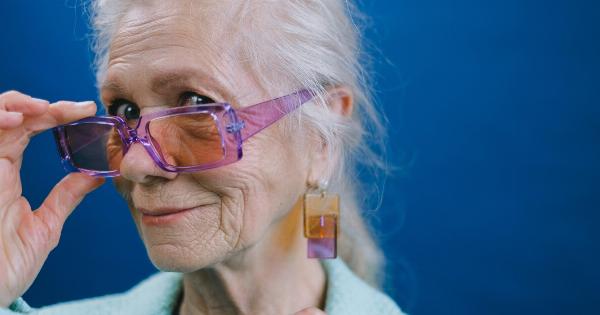When it comes to our skin, one of the most common concerns that many of us face are blemishes.
These can range from pimples to black spots, and while they may seem similar, they have distinct differences in their appearance, causes, and treatment options. In this article, we will explore the disparities between pimples and black spots, helping you to spot the difference and understand how to address these skin issues.
Pimples
Pimples, also known as acne, are small inflammations that occur on the skin. They can appear as red or pink bumps, often with a white or yellow pus-filled center.
Pimples are primarily caused by clogged pores due to excess oil production, dead skin cells, and bacteria buildup.
Black Spots
Black spots, on the other hand, are dark patches or discolorations that appear on the skin. These spots are commonly caused by an overproduction of melanin, a pigment responsible for skin and hair color.
They can vary in size and may appear as brown, black, or gray spots on the surface of the skin.
Appearance
One of the key differences between pimples and black spots is their appearance. Pimples tend to be raised bumps with visible inflammation, often accompanied by redness. They can also be painful to touch.
In contrast, black spots appear as flat patches on the skin, typically darker in color than the surrounding area. These spots do not have inflammation and are usually painless.
Causes
The causes of pimples and black spots differ as well.
Pimples
Pimples are primarily caused by a combination of factors:.
- Excess oil production: The body produces natural oils to moisturize and protect the skin. However, overproduction of oil can lead to clogged pores and the formation of pimples.
- Dead skin cells: The skin constantly sheds dead skin cells, which can accumulate and block the pores, leading to acne breakouts.
- Bacterial buildup: The presence of bacteria on the skin, specifically Propionibacterium acnes, can contribute to inflammation and the development of pimples.
- Hormonal changes: Hormonal fluctuations, especially during puberty, menstrual cycles, or pregnancy, can trigger an increase in oil production and contribute to the formation of pimples.
Black Spots
Black spots, on the other hand, are primarily caused by:.
- Hyperpigmentation: An overproduction of melanin, the pigment responsible for skin color, can lead to the formation of black spots. This can occur due to sun exposure, hormonal changes, skin injuries, or certain medications.
- Aging: As we age, the skin’s ability to regenerate and distribute melanin evenly decreases, leading to the formation of dark spots or patches.
- Post-inflammatory hyperpigmentation: Skin inflammation caused by acne, eczema, or other skin conditions can trigger an increased production of melanin, resulting in black spots.
Treatment Options
Treating pimples and black spots requires different approaches.
Pimples
For treating pimples, several options are available:.
- Topical treatments: Over-the-counter creams and gels containing ingredients like benzoyl peroxide, salicylic acid, or sulfur can help reduce excess oil, unclog pores, and decrease inflammation.
- Prescription medications: In severe cases, dermatologists may prescribe oral medications such as antibiotics, retinoids, or hormonal treatments to address the underlying causes of acne.
- Skincare routine: Establishing a consistent skincare routine that includes gentle cleansing, exfoliating, and moisturizing can help prevent and manage pimples.
- Hands-off approach: Avoid picking or popping pimples, as this can worsen inflammation, lead to scarring, and introduce bacteria to the affected area.
Black Spots
The treatment of black spots involves targeted strategies:.
- Sun protection: Protecting your skin from sun exposure by using broad-spectrum sunscreen, wearing protective clothing, and avoiding peak sunlight hours can prevent dark spots from worsening and new ones from forming.
- Topical creams and serums: Products containing ingredients like hydroquinone, retinoids, vitamin C, or kojic acid can help lighten black spots and even out skin tone.
- Chemical peels: Dermatologists may recommend chemical peels to exfoliate the top layer of the skin, promoting the growth of new, evenly pigmented skin.
- Laser therapy: Intense pulsed light (IPL) and laser treatments can target melanin pigments and break them down, reducing the appearance of black spots.
Prevention
Preventing pimples and black spots requires consistent care.
Pimples
To prevent pimples, consider the following:.
- Maintain good hygiene: Wash your face twice a day with a gentle cleanser to remove excess oil, dirt, and bacteria.
- Avoid triggers: Identify and avoid factors that trigger acne breakouts, such as certain foods, stress, and harsh skincare products.
- Don’t squeeze or pick: Refrain from squeezing or picking at pimples, as this can lead to more inflammation and scarring.
- Keep your hands off your face: Touching your face with dirty hands can transfer bacteria and worsen acne.
Black Spots
To prevent black spots, incorporate the following habits into your skincare routine:.
- Sunscreen: Apply a broad-spectrum sunscreen with a high SPF daily, even in cloudy weather, to protect your skin from harmful UV rays that can trigger melanin production.
- Regular exfoliation: Gently exfoliate your skin to remove dead cells and encourage cellular turnover, which helps fade existing dark spots.
- Moisturize: Keep your skin well-hydrated to promote healthy skin regeneration and prevent excessive melanin production.
- Avoid picking: Picking at black spots or scabs can prolong the healing process and increase the risk of scarring.
Conclusion
Understanding the differences between pimples and black spots is essential for effective treatment and prevention.
While pimples are inflamed, raised bumps caused by factors like excess oil and bacterial buildup, black spots are flat, dark patches resulting from hyperpigmentation.
By adopting proper skincare routines, using appropriate treatments, and protecting your skin from triggers like sun exposure, you can reduce the appearance of both pimples and black spots, promoting healthier and more even-toned skin.































